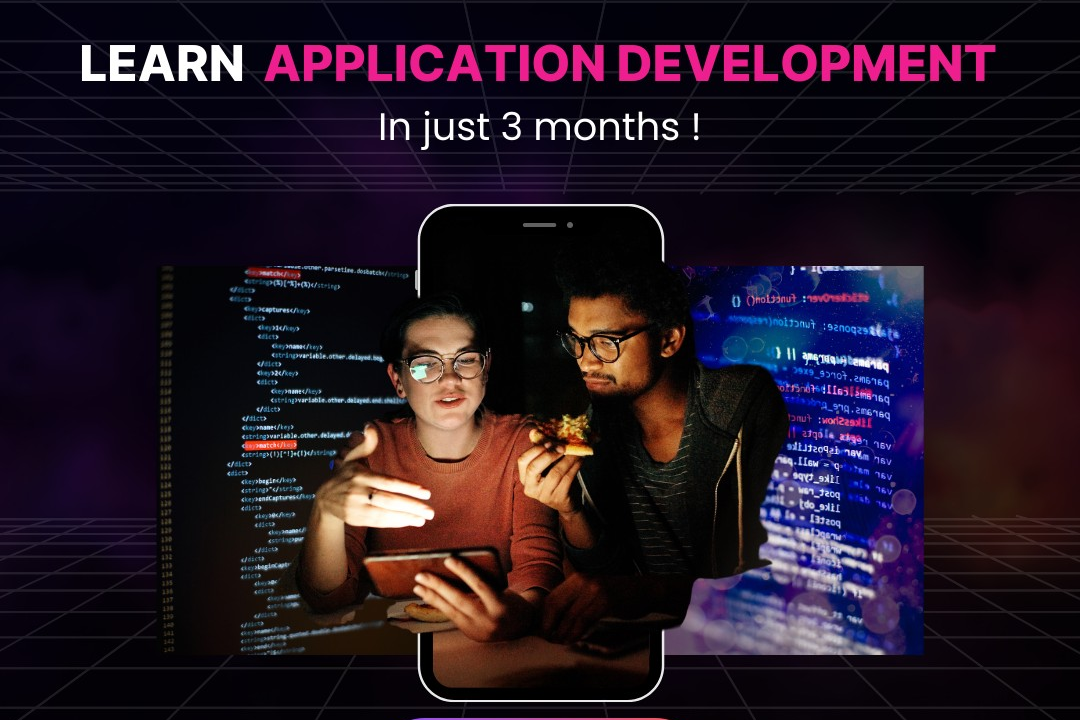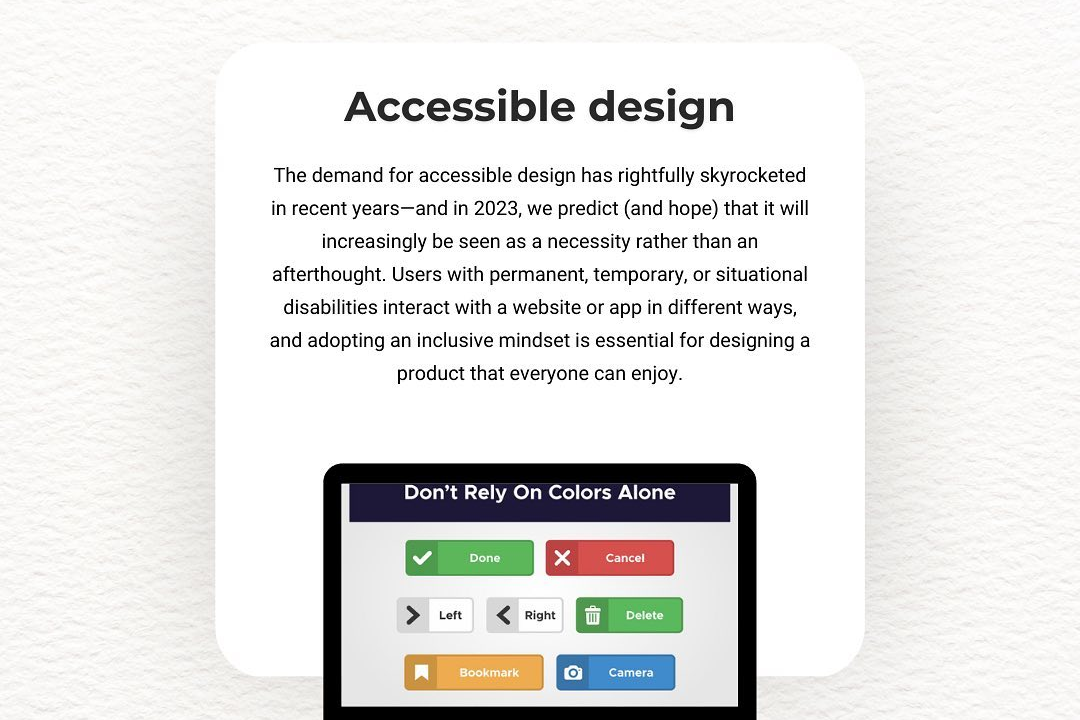Vmware Ios Interview Questions
Top VMware iOS Interview Questions to Ace Your Next Job
Vmware Ios Interview Questions
Preparing for VMware and iOS interview questions is essential for IT professionals looking to excel in virtualization and mobile application development roles. Understanding these topics not only demonstrates technical proficiency but also showcases problem-solving abilities in real-world scenarios. VMware interview questions often focus on virtualization concepts, infrastructure management, and troubleshooting techniques, which are crucial for optimizing resource allocation and enhancing system performance. In contrast, iOS interview questions delve into app development, Swift programming, and user experience design, highlighting the importance of crafting intuitive and efficient mobile applications. Mastering these subjects can significantly improve job prospects and career advancement in the rapidly evolving tech landscape.
To Download Our Brochure: https://www.justacademy.co/download-brochure-for-free
Message us for more information: +91 9987184296
1 - What is VMware and how does it work?
VMware is a virtualization technology that allows multiple virtual machines (VMs) to run on a single physical server, enabling efficient resource utilization. It abstracts hardware resources, allowing each VM to operate independently with its own OS and applications.
2) Can you explain the difference between a virtual machine and a physical machine?
A virtual machine is a software emulation of a physical computer that runs an operating system and applications just like a physical machine but does so on a virtualized environment, allowing for better resource management and flexibility.
3) What is VMware ESXi?
VMware ESXi is a hypervisor that allows multiple operating systems to run concurrently on a physical server. It is a bare metal hypervisor, meaning it installs directly on the hardware, providing better performance and resource allocation.
4) Describe VMware vCenter and its role.
VMware vCenter is a centralized management platform for managing VMware environments, allowing administrators to manage multiple ESXi hosts and VMs from a single interface, facilitating tasks such as provisioning, monitoring, and resource allocation.
5) What are snapshots in VMware?
Snapshots are a way to save the state of a virtual machine at a specific point in time, enabling administrators to revert to that state if necessary while providing a restore point for testing or updates.
6) Explain DRS (Distributed Resource Scheduler) in VMware.
DRS is a resource management feature that automatically balances workloads across different hosts in a cluster, ensuring optimal performance and resource utilization by moving VMs based on performance metrics and resource demands.
7) What is HA (High Availability) in VMware?
HA is a feature that automatically restarts VMs on different hosts in the event of a host failure, minimizing downtime and ensuring business continuity by providing a failover mechanism within a VMware cluster.
8) Define VMware vMotion and its benefits.
vMotion allows the live migration of running VMs from one host to another without downtime, enabling load balancing, maintenance, and resource optimization without affecting user experience.
9) What is vSAN (Virtual SAN)?
vSAN is VMware's storage virtualization solution that aggregates local storage disks on ESXi hosts to create a high performance and resilient shared storage platform for VMs, simplifying storage management.
10) Explain the importance of VM Tools in VMware.
VM Tools are essential for optimizing the performance of VMs by providing drivers and utilities that enhance VM management, performance, and user experience, including better graphics and easier file sharing.
11 - How do you troubleshoot a VM that won’t power on?
To troubleshoot a non booting VM, check the resources available on the host, review error messages in the VM's log files, confirm the VM settings, and ensure the necessary storage and networking configurations are intact.
12) Discuss the security features available in VMware.
VMware offers several security features including role based access control, VM encryption, secure boot, and network segmentation through NSX, ensuring a layered approach to safeguarding virtualized environments.
13) What is iOS and its significance in the context of mobile applications?
iOS is Apple's proprietary operating system for iPhone and iPad devices, known for its user friendly interface and robust performance, making it a vital platform for app developers targeting the mobile market.
14) Explain the difference between Swift and Objective C.
Swift is a modern, type safe programming language developed by Apple for iOS and macOS applications, offering concise syntax and safety features, while Objective C is an older language that provides dynamic runtime capabilities and extensive libraries.
15) What are the common types of iOS application architectures?
Common architectures include Model View Controller (MVC), Model View ViewModel (MVVM), and VIPER, each providing different ways to organize code and manage interactions between the user interface and data handling in iOS applications.
16) What is the App Store and how does it function for iOS developers?
The App Store is Apple's digital distribution platform for iOS applications, allowing developers to publish their apps, reach millions of users, and manage their apps through an intuitive dashboard for updates, analytics, and monetization through various payment models.
17) Can you explain the concept of push notifications in iOS apps?
Push notifications are messages sent from a server to an iOS device to engage users and provide updates or alerts, enabling apps to communicate with users even when they are not actively using the app.
18) What is the role of APIs in iOS app development?
APIs (Application Programming Interfaces) enable iOS apps to communicate with external services, allowing them to retrieve data, authenticate users, and integrate with other applications or platforms, enhancing their functionality.
19) Describe the UIKit framework in iOS development.
UIKit is a crucial framework in iOS for building user interfaces. It provides the necessary tools and components for designing complex layouts, handling user input, and managing view controllers, ensuring a responsive and intuitive user experience.
20) Explain the concept of Core Data and its use in iOS applications.
Core Data is a framework that allows developers to manage the model layer objects in an app, providing a powerful data management system for persisting data, performing complex queries, and keeping app data synchronized.
21 - What is SwiftUI and how does it differ from UIKit?
SwiftUI is a modern framework for building user interfaces across all Apple platforms using a declarative syntax. Unlike UIKit, which uses an imperative approach, SwiftUI allows developers to build interfaces by declaring what the UI should look like and how it should behave.
22) How do you implement user authentication in an iOS application?
User authentication can be implemented through various methods, such as using Firebase Authentication, OAuth 2.0, or integrating with services like Sign in with Apple, providing secure access while safeguarding user data.
23) What are the different app distribution methods available for iOS applications?
iOS apps can be distributed through the App Store, via enterprise distribution for internal apps, using TestFlight for beta testing, or as ad hoc distributions for development testing purposes.
24) Define Core Animation and its importance in iOS development.
Core Animation is a graphics rendering API that enables developers to create smooth, high performance animations and transitions within apps, enhancing visual engagement by making user interfaces dynamic and appealing.
25) What is the significance of memory management in iOS applications?
Effective memory management is crucial for iOS applications to ensure optimal performance and prevent crashes. Developers must keep track of memory usage, especially with object references and using Automatic Reference Counting (ARC) to manage memory efficiently.
26) Explain how you would implement a networking capability in an iOS app.
Networking capabilities can be implemented using URLSession to handle HTTP requests and responses, allowing apps to fetch or send data to and from web services and APIs, crucial for dynamic content and real time updates.
27) What are the Human Interface Guidelines and their importance in iOS development?
Apple's Human Interface Guidelines provide best practices for designing user interfaces that ensure a consistent, intuitive experience for users. Following these guidelines helps developers create apps that align with Apple's design philosophy.
28) What is Xcode and its role in iOS development?
Xcode is Apple's integrated development environment (IDE) for building iOS applications, providing tools for writing code, designing user interfaces, debugging, and testing, making it essential for iOS developers.
29) Can you describe the process of submitting an iOS app to the App Store?
Submitting an iOS app involves preparing the app for release, creating an App Store listing, and passing through Apple's review process, which checks for functionality, performance, and adherence to App Store guidelines before granting approval for publication.
30) Discuss the importance of testing in iOS app development.
Testing is vital to ensure the functionality, performance, and user experience of an iOS app. It includes unit testing, UI testing, and beta testing to identify and fix issues, enhance reliability, and ensure a high quality product when it reaches users.
Course Overview
The ‘VMware iOS Interview Questions’ course is designed to equip learners with a comprehensive understanding of the essential concepts, tools, and techniques relevant to VMware and iOS development. This course covers a broad range of interview topics, including virtualization fundamentals, VMware architecture, and iOS application development principles, as well as specific technical questions that candidates might face during job interviews. Through a combination of real-time project examples, hands-on practice, and expert insights, participants will enhance their problem-solving skills and boost their confidence to effectively tackle VMware and iOS-related interview questions, ultimately positioning themselves for success in the tech job market. This course is ideal for aspiring IT professionals looking to advance their careers in virtualization and mobile application development.
Course Description
The “VMware iOS Interview Questions” course provides an in-depth exploration of critical concepts related to VMware virtualization and iOS development, designed to prepare candidates for success in technical interviews. Participants will engage with a curated collection of common and advanced interview questions, along with real-world scenarios and practical examples to enhance their understanding. This course covers essential topics such as VMware architecture, cloud management, and iOS application design principles, helping learners develop the necessary skills to confidently address technical interview challenges. By completing this course, candidates will not only refine their technical knowledge but also improve their problem-solving abilities, making them more competitive in the job market for roles that require expertise in VMware and iOS platforms.
Key Features
1 - Comprehensive Tool Coverage: Provides hands-on training with a range of industry-standard testing tools, including Selenium, JIRA, LoadRunner, and TestRail.
2) Practical Exercises: Features real-world exercises and case studies to apply tools in various testing scenarios.
3) Interactive Learning: Includes interactive sessions with industry experts for personalized feedback and guidance.
4) Detailed Tutorials: Offers extensive tutorials and documentation on tool functionalities and best practices.
5) Advanced Techniques: Covers both fundamental and advanced techniques for using testing tools effectively.
6) Data Visualization: Integrates tools for visualizing test metrics and results, enhancing data interpretation and decision-making.
7) Tool Integration: Teaches how to integrate testing tools into the software development lifecycle for streamlined workflows.
8) Project-Based Learning: Focuses on project-based learning to build practical skills and create a portfolio of completed tasks.
9) Career Support: Provides resources and support for applying learned skills to real-world job scenarios, including resume building and interview preparation.
10) Up-to-Date Content: Ensures that course materials reflect the latest industry standards and tool updates.
Benefits of taking our course
Functional Tools
1 - VMware Workstation Pro
VMware Workstation Pro is a powerful desktop virtualization software that allows students to create, run, and manage virtual machines. This tool provides a realistic environment for students to experiment with different operating systems and configurations. With features such as snapshots and cloning, learners can test and revert changes without affecting their main system, fostering a hands on learning experience. Using this software, students gain practical insights into VMware's capabilities, enhancing their understanding of virtualization concepts.
2) vSphere Client
The vSphere Client is a crucial interface for managing VMware infrastructure. It allows students to connect to their VMware servers, create and configure virtual machines, and manage resources effectively. Through real time scenarios, students learn how to navigate the vSphere environment, apply best practices for resource allocation, and understand networking within VMware. This tool aids in building the foundational knowledge required for effective management of VMware platforms in enterprise settings.
3) VMware Horizon
VMware Horizon is a robust solution for virtual desktop infrastructure (VDI). This tool empowers students to explore the deployment and management of virtual desktops and applications, gaining insights into accessibility and user experience. By working with Horizon, learners understand how to implement desktop solutions securely and efficiently. The practical experience in managing end user computing environments equips them with skills aligned with current industry needs.
4) vRealize Suite
vRealize Suite is a comprehensive cloud management platform that includes tools for automation, analytics, and operational reporting. Students utilize vRealize Operations to monitor and optimize their VMware environments, understanding how to enhance performance and troubleshoot issues effectively. By engaging with this suite, participants gain knowledge in cloud management strategies, enhancing their ability to manage resources in hybrid cloud environments efficiently.
5) PowerCLI
PowerCLI is a powerful command line tool used for automating tasks and managing VMware environments. Students learn to utilize PowerCLI to script and automate various processes, streamlining operations in their virtual environment. Mastering this tool equips learners with the ability to efficiently manage and deploy VMware infrastructure at scale, an essential skill sought by employers in the tech industry.
6) VMware NSX
VMware NSX is a network virtualization platform that enhances students’ understanding of how to create and manage virtual networks. Through practical exercises, learners explore security features, network segmentation, and automation. Gaining hands on experience with NSX helps students comprehend the importance of network management in virtualization, preparing them for challenges they may encounter in real world networking scenarios.
7) VMware Site Recovery Manager (SRM)
VMware Site Recovery Manager is an essential tool for disaster recovery planning. Students learn to implement, manage, and test disaster recovery plans using SRM, ensuring business continuity in the face of hardware failures or data loss. By engaging in real world disaster recovery scenarios, learners gain a practical understanding of recovery point objectives (RPO) and recovery time objectives (RTO), critical elements in any business's IT strategy.
8) VMware vSAN
VMware vSAN is a hyper converged infrastructure solution that integrates storage with computing resources. Students explore how to configure and manage vSAN clusters, learning about storage policies and performance optimization. Through hands on projects, they develop skills in designing resilient storage solutions that cater to performance and availability needs, which is crucial for modern data centers.
9) VMware Cloud on AWS
This service allows students to learn how to seamlessly extend on premises VMware environments into the AWS cloud. Through real time projects, learners gain experience in hybrid cloud management, understanding best practices for deployment and security in a cloud environment. This practical knowledge prepares students to navigate the increasingly hybrid landscapes of cloud technology.
10) VMware Carbon Black
VMware Carbon Black is a cloud native endpoint protection platform that provides students with insights into cybersecurity in virtual environments. Through hands on training, learners engage with threat detection, incident response, and vulnerability management. Understanding how to secure virtual workloads enhances their ability to contribute to robust IT security frameworks within organizations.
11 - VMware Tanzu
VMware Tanzu is a suite of products designed for modern application development and management. Students learn how to build, run, and manage applications on Kubernetes. Through practical exercises, they explore containerization, microservices architecture, and continuous integration/continuous deployment (CI/CD) processes. Gaining competencies in these areas helps learners to meet the demands of today’s fast paced software development environments.
12) VMware AppDefense
VMware AppDefense leverages machine learning to protect applications in virtual environments. Students learn to implement security policies and monitor application behavior for anomalies. Through real time projects, they gain practical skills in securing applications, a critical aspect for organizations that rely on virtualization to drive efficiency while maintaining security.
13) VMware vSphere Replication
vSphere Replication enables students to understand the intricacies of data replication for disaster recovery scenarios. By engaging in hands on labs, learners explore how to set up and manage virtual machine replication, providing them with valuable skills in data protection strategies. Understanding replication technologies is vital for maintaining data availability and integrity in enterprise settings.
14) VMware Workstation Player
VMware Workstation Player is a simplified version of Workstation Pro, making it accessible for students who are new to virtualization. Users can create and run virtual machines easily, providing a platform for learners to experiment with different operating systems and applications in a safe environment. This tool is excellent for developing foundational skills before advancing to more complex virtualization technologies.
15) VMware Cloud Foundation
VMware Cloud Foundation is an integrated software platform that combines compute, storage, and network virtualization with VMware vSphere, vSAN, NSX, and vRealize Suite. Through project based learning, students understand how to deploy and manage a complete private cloud infrastructure. This experience equips them with the skills necessary to design and manage cloud environments that meet the needs of modern enterprises.
Browse our course links : https://www.justacademy.co/all-courses
To Join our FREE DEMO Session:
This information is sourced from JustAcademy
Contact Info:
Roshan Chaturvedi
Message us on Whatsapp:
Email id: info@justacademy.co












